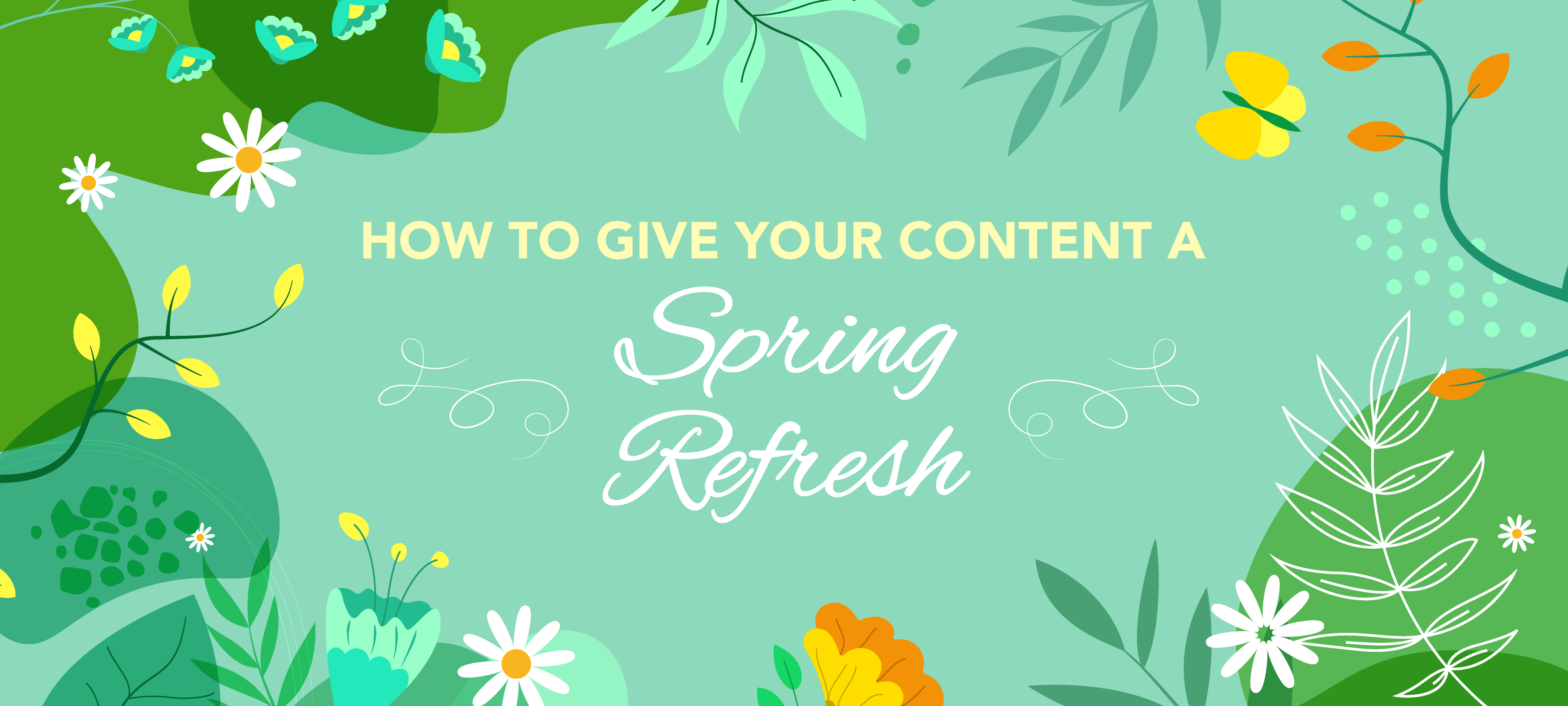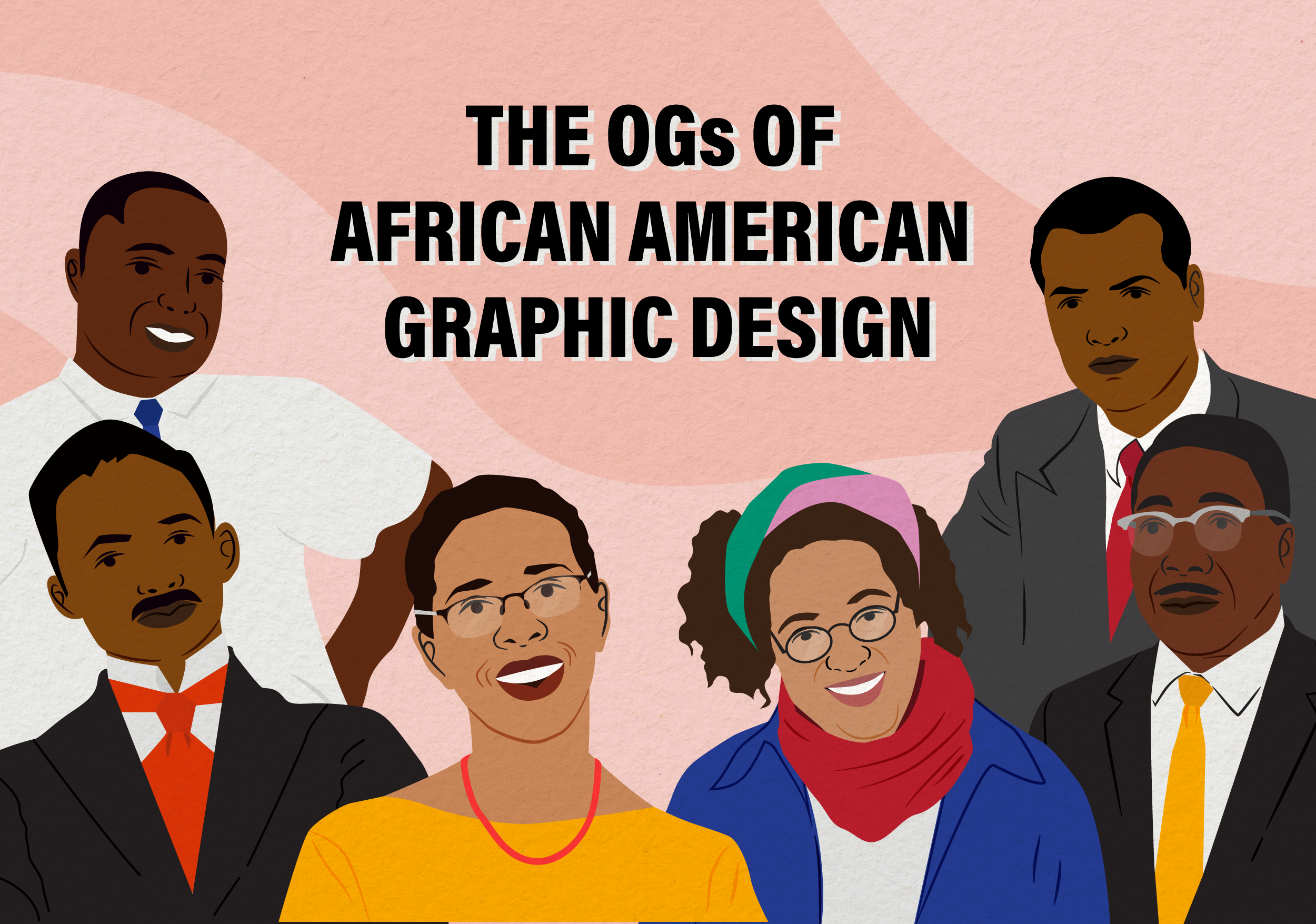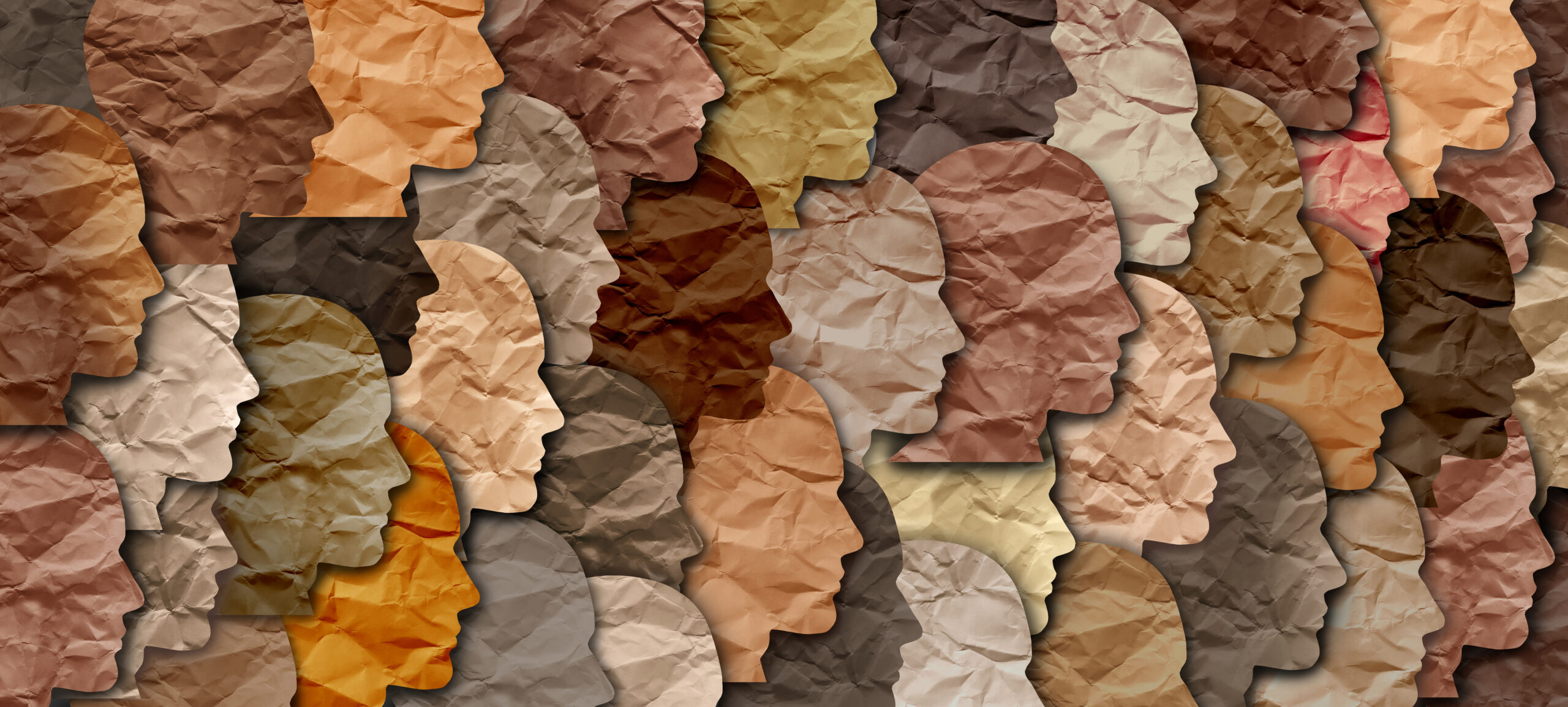As a black-owned, woman-owned business, February and March are important in the Seaberry office. Last month we celebrated trailblazing African American graphic designers for Black History Month. Now, for Women’s History Month, we’re giving recognition to women that have changed the game in an industry that, like many, has struggled to give women the recognition and compensation they deserve for their work and contributions.
According to Kerning the Gap, only 17 percent of creative directors are female even though 63% of design students are female. Even worse, the gender pay gap between men and women is still over 20%.
Creativity and innovation are key to forging a gender equitable world. Good news is, and as the women highlighted below prove, creativity is something women have in spades.
Carolyn Davidson
 Carolyn Davidson is the creator of one of the most recognizable brand logos in the entire world — the Nike swoosh.
Carolyn Davidson is the creator of one of the most recognizable brand logos in the entire world — the Nike swoosh.
Davidson came up with the design in 1971 while studying graphic design at Portland State University. At the time, Nike founder Phil Knight was teaching accounting at the university and asked Davidson to do some work for what was then Blue Ribbon Sports, Inc. (later Nike). She started off creating charts and graphics which lead to posters, ads and flyers, and eventually a logo for a new line of running shoes that Knight and his co-founder were ready to introduce. For the shoe logo Knight asked Davidson to design something that had to do with movement.
Davidson submitted five different designs, one of which was a swoosh that resembled a wing and hinted at Nike, the Greek goddess of victory. She only charged Knight for 17.5 hours of work which brought her invoice to a whopping $35.
Davidson didn’t profit immediately from her work on the Swoosh, but in 1983 she was celebrated by the company and given 500 shares of stock (estimated to be worth upwards of $1,000,000 in 2015), as well as a diamond and gold ring featuring the Swoosh design.
Davidson, now known as “The Logo Lady,” continued to design for Nike until 1975. After that she went solo as a freelance designer, which she continued to do for about 30 years.


Susan Kare

Susan Kare is an American graphic designer who is celebrated as one of the most significant technologists in history. Why? She designed the core visual design language of the original Macintosh, from original marketing materials to typefaces and icons, and in true female fashion, she designed it all in the span of a year. Many of her designs remain the icons for computer graphics tools today — like the lasso, the grabber and the paint bucket.
It all started for Kare in 1982 when she received a call from her high school friend Andy Herzfeld, who, in exchange for an Apple II computer, solicited her to hand-draw a few icons and font elements to inspire the upcoming Macintosh computer. With no experience in computer graphics, Kare drew upon her fine art experience with mosaic, needlepoint and pointillism and mocked up several 32 x 32 representations of software commands and applications in a $2.50 cent graph paper notebook.
In addition to creating iconic icons, Kare also devised the practice of associating unique document icons with their creator applications and she designed the world's first proportionally spaced digital font families including Chicago, Geneva, and the monospaced Monaco.
The Smithsonian Institution called her design language "simple, elegant, and whimsical." Not only is she an AIGA award winner, in 2019 Kare was also awarded the National Design Award for Lifetime Achievement by the Cooper-Hewitt, National Design Museum.


Bea Feitler
 Bea Feitler was once described as “the pioneering female art director you’ve never heard of.” You may not know her name but Fietler worked as an art director and designer for big name publications like Harper’s Bazaar, Ms. Magazine, Rolling Stone, and Vanity Fair.
Bea Feitler was once described as “the pioneering female art director you’ve never heard of.” You may not know her name but Fietler worked as an art director and designer for big name publications like Harper’s Bazaar, Ms. Magazine, Rolling Stone, and Vanity Fair.
During her tenure at Harper's Bazaar Feitler often created high quality editorial designs that responded to the political and cultural changes of the 1960s. Her work was striking, colorful and often gave voice to feminism.
Known for having been ahead of her time, Feitler broke all norms in 1965 when she placed Donyale Luna, the first black supermodel, on the cover of Harper’s bazaar. The decision led to public backlash, and a loss of business, but Feitler stood by it. It wasn't until several years later that black women would begin to be regularly featured in the magazine.
Feitler worked on several high profile freelance projects as well, which included posters and costumes for the Alvin Ailey Dance Company, ad campaigns for Christian Dior, Diane von Furstenberg, and Calvin Klein, and record jackets including the album ‘Black and Blue’ by the Rolling Stones.
Her final project was the premiere issue of the revived Vanity Fair. While working on it Fietler was in the midst of treatment for a rare form of cancer. Feitler unfortunately died April 8, 1982, before the issue was published.


Dorothy Hayes
 Dorothy Hayes was an artist, sculptor and graphic designer from mobile Alabama who fought to gain respect for female designers especially women of color.
Dorothy Hayes was an artist, sculptor and graphic designer from mobile Alabama who fought to gain respect for female designers especially women of color.
Hayes came to New York City in the 1960s to build a career for herself as a graphic designer. She worked as an art director, art and production supervisor, and a layout and mechanical artist for various advertising agencies, publishers and art and production houses in New York City.
In each experience Hayes struggled with the lack of visibility in the industry for women and women of color. So in a bid to give people of color a voice in the design world, Hayes teamed up with book designer Joyce Hopkins in 1970 to curate the exhibition, Black Artists in Graphic Communication, at the Rhode Island School of Design. The groundbreaking exhibition profiled 49 young Black designers, including Dorothy Akubuiro, Josephine Jones, and Diane Dillion.
Hayes also founded Dorothy's Door, a commercial art and design company that made work for clients such as CBS Radio and AT&T.


Jane Davis Doggett
 Next time you arrive at an airport and those familiar signs, with the big terminal letters on bright colored backgrounds, direct you where to go, be sure to give a little thanks to our last designer, Jane Davis Doggett. Doggett is one of the most prominent wayfinding system designers in the Modernist era. She harnessed color, scale, and the alphabet to humanize large spaces like major airports, stations, and venues.
Next time you arrive at an airport and those familiar signs, with the big terminal letters on bright colored backgrounds, direct you where to go, be sure to give a little thanks to our last designer, Jane Davis Doggett. Doggett is one of the most prominent wayfinding system designers in the Modernist era. She harnessed color, scale, and the alphabet to humanize large spaces like major airports, stations, and venues.
Doggett got her first airport design job in 1959, creating wayfinding systems for the Memphis Airport. Her first innovation was the development of a standardized front for use throughout the airport. The font became Doggett’s trademarked “Alphabet A” and was used in many subsequent airport projects since it was readable over long distances. She also pioneered the use of color-codes and letters to identify terminals at airports as well as the concept of including geographical and cultural aspects inside of airports.
As of 2014 Doggett had designed the wayfinding systems for 40 major airports including Tampa International, George Bush-Houston, Baltimore-Washington, Newark, Miami, Fort Lauderdale-Hollywood, and Cleveland-Hopkins among others. Each year, an estimated 20 million airplane passengers are guided by her way-finding signage and graphics.
Doggett's designs have been awarded the American Institute of Architects’ National Award of Merit, the Progressive Architecture Design Award, and two Design Awards co-sponsored by the U.S. Department of Transportation and the National Endowment for the Arts.








 Carolyn Davidson is the creator of one of the most recognizable brand logos in the entire world — the Nike swoosh.
Carolyn Davidson is the creator of one of the most recognizable brand logos in the entire world — the Nike swoosh.



 Bea Feitler was once described as “the pioneering female art director you’ve never heard of.” You may not know her name but Fietler worked as an art director and designer for big name publications like Harper’s Bazaar, Ms. Magazine, Rolling Stone, and Vanity Fair.
Bea Feitler was once described as “the pioneering female art director you’ve never heard of.” You may not know her name but Fietler worked as an art director and designer for big name publications like Harper’s Bazaar, Ms. Magazine, Rolling Stone, and Vanity Fair.

 Dorothy Hayes was an artist, sculptor and graphic designer from mobile Alabama who fought to gain respect for female designers especially women of color.
Dorothy Hayes was an artist, sculptor and graphic designer from mobile Alabama who fought to gain respect for female designers especially women of color.

 Next time you arrive at an airport and those familiar signs, with the big terminal letters on bright colored backgrounds, direct you where to go, be sure to give a little thanks to our last designer, Jane Davis Doggett. Doggett is one of the most prominent wayfinding system designers in the Modernist era. She harnessed color, scale, and the alphabet to humanize large spaces like major airports, stations, and venues.
Next time you arrive at an airport and those familiar signs, with the big terminal letters on bright colored backgrounds, direct you where to go, be sure to give a little thanks to our last designer, Jane Davis Doggett. Doggett is one of the most prominent wayfinding system designers in the Modernist era. She harnessed color, scale, and the alphabet to humanize large spaces like major airports, stations, and venues.



 Murray’s pomade, the hair care product in an iconic bright orange tin, is one of the world’s leading hair pomades — used by A-listers like Leonardo DiCaprio and Justin Timberlake — Its original design was created by our first designer, Charles Dawson.
Murray’s pomade, the hair care product in an iconic bright orange tin, is one of the world’s leading hair pomades — used by A-listers like Leonardo DiCaprio and Justin Timberlake — Its original design was created by our first designer, Charles Dawson.


















 One of the best ways to determine how to use your marketing budget in the new year is to look at your brand overall, and consider how you want it to evolve in 2023. Ask yourself, what’s new?
One of the best ways to determine how to use your marketing budget in the new year is to look at your brand overall, and consider how you want it to evolve in 2023. Ask yourself, what’s new?  There was a time when having just a homepage was enough. But as the internet becomes more and more advanced it’s essential for companies to take advantage of all the ways websites can be used to grow business.
There was a time when having just a homepage was enough. But as the internet becomes more and more advanced it’s essential for companies to take advantage of all the ways websites can be used to grow business.  Snail mail is making a comeback! Back when email first became popular, people stopped reading snail mail. But now, as I’m sure we’ve all experienced, our inboxes are completely stuffed with all sorts of marketing emails and promotions. That has slowed e-mail usage down, and left people longing for (drum roll please…) that good ole snail mail again! For brands, this creates new marketing opportunities, like designing brochures, one pagers, and postcards that can reach customers via a real mailbox. This throwback might sound crazy, but it’s definitely a trend to consider in 2023.
Snail mail is making a comeback! Back when email first became popular, people stopped reading snail mail. But now, as I’m sure we’ve all experienced, our inboxes are completely stuffed with all sorts of marketing emails and promotions. That has slowed e-mail usage down, and left people longing for (drum roll please…) that good ole snail mail again! For brands, this creates new marketing opportunities, like designing brochures, one pagers, and postcards that can reach customers via a real mailbox. This throwback might sound crazy, but it’s definitely a trend to consider in 2023. 


 Everybody is a consumer, everyone makes choices — even you — and consumers naturally understand how important a good first impression is when choosing products and services. Whether they are looking at a new product line, searching for a place to eat, or visiting a new company’s website, the initial feelings consumers get about a brand are based on its visual design and how attracted customers are to it.
Everybody is a consumer, everyone makes choices — even you — and consumers naturally understand how important a good first impression is when choosing products and services. Whether they are looking at a new product line, searching for a place to eat, or visiting a new company’s website, the initial feelings consumers get about a brand are based on its visual design and how attracted customers are to it.  Savvy customers expect your brand to be consistent. In movies, when an actor’s shirt or hair suddenly shifts from one camera angle to another, audiences call foul. Their brains glitch for a second and their focus shifts to whether there will be other gaffs. But when scenes flow easily from one to the next, the story becomes powerful. The same is true with graphic design. When audiences see something they like – and it is executed flawlessly again and again – they remember it. Investing in great design and keeping that design consistent across platforms gives your audience something to remember you by. The more customers recognize you, the more reasons they’ll have to think about you and interact with you.
Savvy customers expect your brand to be consistent. In movies, when an actor’s shirt or hair suddenly shifts from one camera angle to another, audiences call foul. Their brains glitch for a second and their focus shifts to whether there will be other gaffs. But when scenes flow easily from one to the next, the story becomes powerful. The same is true with graphic design. When audiences see something they like – and it is executed flawlessly again and again – they remember it. Investing in great design and keeping that design consistent across platforms gives your audience something to remember you by. The more customers recognize you, the more reasons they’ll have to think about you and interact with you. Like having a website and a company email, a polished brand image shows customers you are professional and know how to run your business, and that sells.
Like having a website and a company email, a polished brand image shows customers you are professional and know how to run your business, and that sells.  Employees want to work for a company they can be proud of. Visual elements like a strong logo and branding, polished and modern marketing materials, branding displayed throughout the office, even company t-shirts, show your team members you are confident in the business and its future and makes them feel they are working for a company that is worth their time and effort. That translates to a more motivated team, a boost in retention, and an overall better reputation for your company.
Employees want to work for a company they can be proud of. Visual elements like a strong logo and branding, polished and modern marketing materials, branding displayed throughout the office, even company t-shirts, show your team members you are confident in the business and its future and makes them feel they are working for a company that is worth their time and effort. That translates to a more motivated team, a boost in retention, and an overall better reputation for your company. With a graphic design agency by your side you get a full team of professionals that will spend time studying your business, your market, your needs and your goals. Designers collaborate with you and share ideas on exactly how to create your vision and communicate it to your customers. Best of all, their creative work is custom, and tailored to fit exactly what you're looking for, all while using on trend, professional design that is sure to increase sales.
With a graphic design agency by your side you get a full team of professionals that will spend time studying your business, your market, your needs and your goals. Designers collaborate with you and share ideas on exactly how to create your vision and communicate it to your customers. Best of all, their creative work is custom, and tailored to fit exactly what you're looking for, all while using on trend, professional design that is sure to increase sales.









 The strike won the support of Dr. Martin Luther King Jr. On March 28, King led a march where police treated the strikers brutally. Despite being confronted with 4,000 National Guard troops, more than 200 protesters marched carrying the now iconic posters that said “I Am a Man.”
The strike won the support of Dr. Martin Luther King Jr. On March 28, King led a march where police treated the strikers brutally. Despite being confronted with 4,000 National Guard troops, more than 200 protesters marched carrying the now iconic posters that said “I Am a Man.”